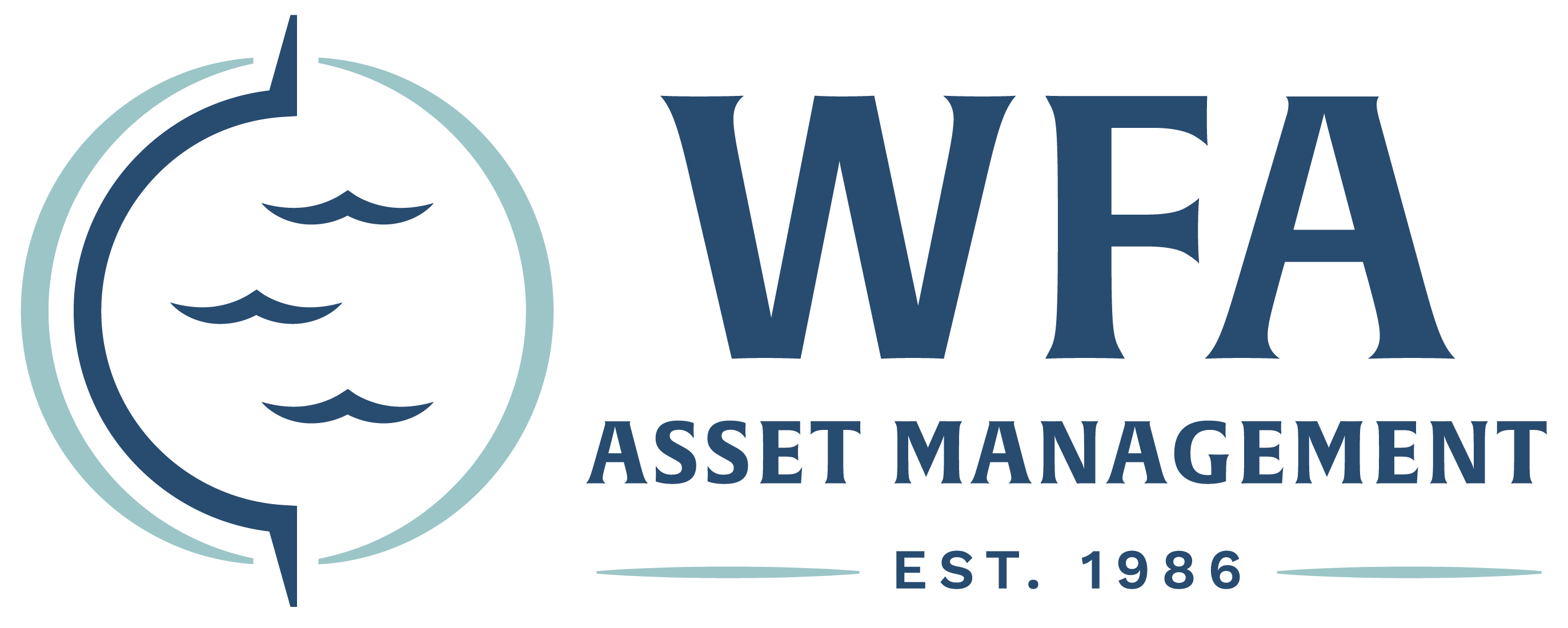Even if you are under age 59 ½, if you paid expenses for higher education during the year, you may be exempt from the federal 10% early withdrawal penalty for the portion of a taxable distribution from an IRA or Roth IRA that is less than the qualified higher education expenses (QHEE) (defined next) for the year for education furnished at an eligible educational institution (defined below). The education must be for you, your spouse, or the children or grandchildren of you or your spouse.
You may use the proceeds of an IRA or Roth IRA distribution to directly pay QHEE, or you may reimburse yourself for QHEE paid with money from other sources. However, the exemption from the federal 10% early withdrawal penalty is dependent on the source of money used to pay QHEE. For example, a distribution would be exempt from the early withdrawal penalty if the QHEE were paid with the cash resources listed below.
- Wages or Self-Employment Income
- A personal loan, including a government or private student loan
- A gift
- An inheritance given to either the student or the individual making the withdrawal
- A withdrawal from personal savings
In contrast, a distribution would NOT be exempt from the early withdrawal penalty if QHEE were paid with the cash resources listed below.
- Tax-free distributions from a Coverdell education savings account
- Tax-free part of scholarships and fellowships
- Pell grants
- Employer-provided educational assistance
- Veterans’ educational assistance
- Any other tax-free payment (other than a gift or inheritance) received as educational assistance
Qualified higher education expenses are tuition, fees, books, supplies, and equipment required for the enrollment or attendance of a student at an eligible educational institution. They also include expenses for special needs services incurred by or for special needs students in connection with their enrollment or attendance. In addition, if the individual is at least a half-time student, room and board are qualified higher education expenses.
An eligible educational institution is any college, university, vocational school, or other postsecondary educational institution eligible to participate in the student aid programs administered by the U.S. Department of Education. It includes virtually all accredited, public, nonprofit, and proprietary (privately owned profit-making) postsecondary institutions. The educational institution should be able to tell you if it is an eligible educational institution.
